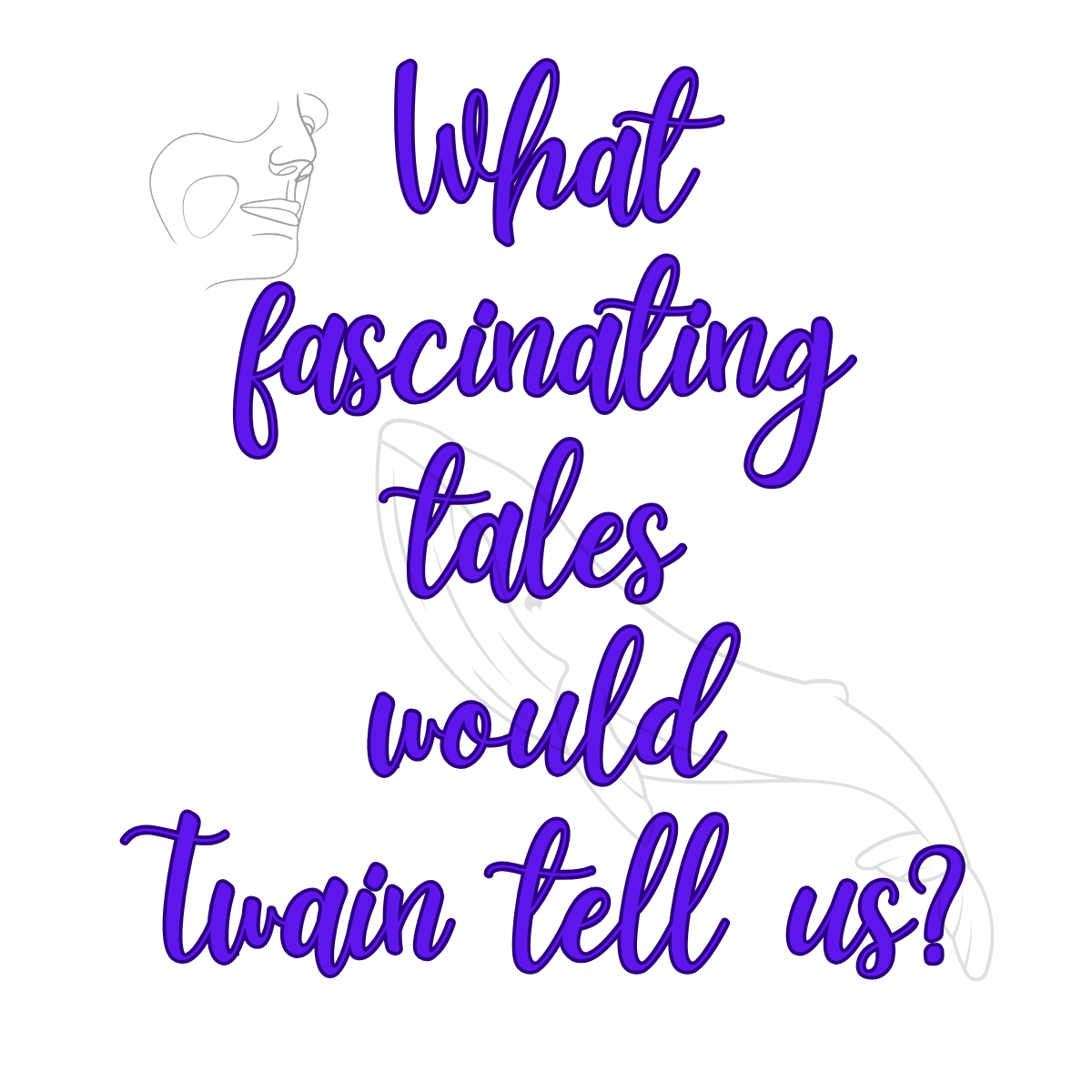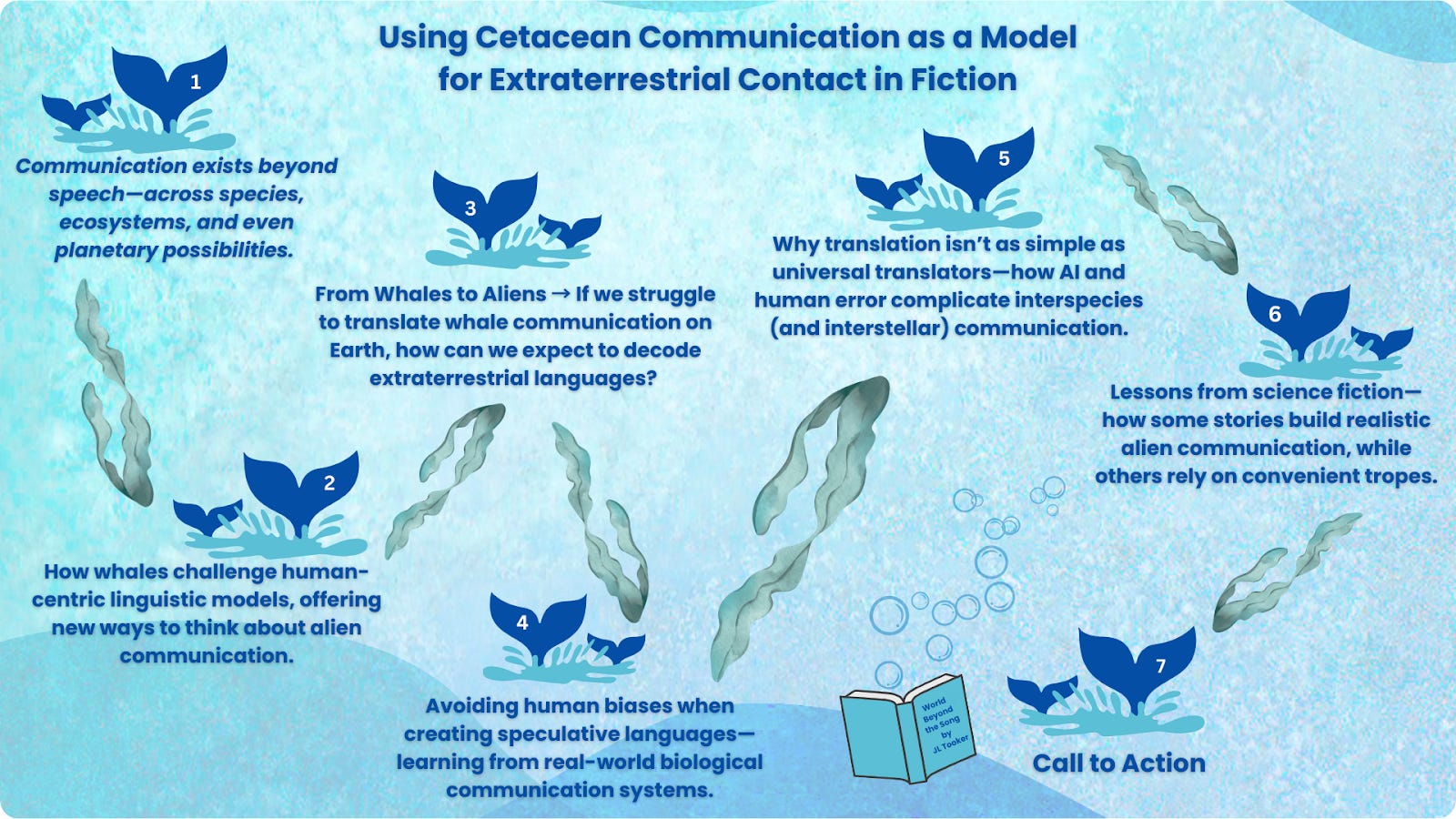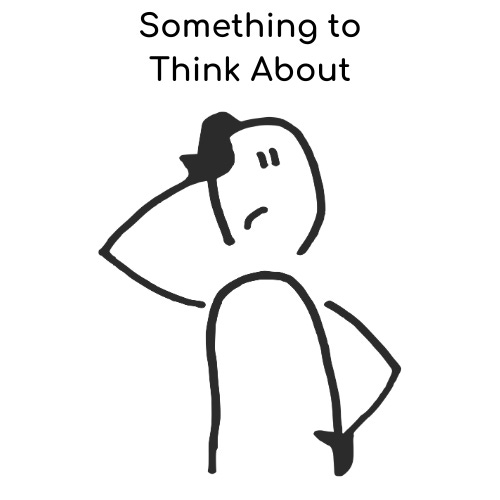Whale’s Song - Intro
Using Cetacean Communication as a Model for Extraterrestrial Contact in Fiction
Humans, or their proxies, are talking to whales—and whales may be talking back. That’s the exciting suggestion behind the Twain Encounter—a call-and-response exchange where a playback recording of one humpback whale seemed to trigger a direct reply from another named Twain.
Did Twain recognize the voice of the caller? Did it mean something? Scientists are still unraveling the mystery, but the idea is electrifying. If we can begin to understand the language of another intelligent species here on Earth, could we one day decipher the voices of extraterrestrial life?
This question isn’t just for scientists—it belongs to storytellers, too.
What Do You Think You Know About Communication?
Take this quiz before reading Whale's Song to see how much you already know (or assume!) about communication—human, whale, and alien. Is there a ‘universal translator’ that speaks whale?
Click here to test your knowledge.
For decades, science fiction has imagined how we might one day communicate with extraterrestrials. Too often, though, we fall back on universal translators or conveniently human-like alien speech patterns. But what if we’re thinking about it all wrong?
Serious scientific study of cetacean communication began in the 1960s. In 1967, Roger Payne and Scott McVay discovered that humpback whales produce intricate, evolving songs during breeding season—a revelation that changed how we think about non-human intelligence. Today, projects like CETI (Cetacean Translation Initiative) are working to decode sperm whale vocalizations with AI, while Whale-SETI, a subgroup of the Search for Extraterrestrial Intelligence (SETI), is engaging in real-time call-and-response sessions with Twain, hoping to develop a model for first contact.
We don’t know when—or if—ET will come knocking. Maybe next week. Maybe in a thousand years. Or maybe, just maybe, we already missed the first hello.
And that’s the heart of this exploration.
What if alien languages don’t use words?
What if their communication is more like song than speech?
What if we’ve been listening in the wrong way all along?
As writers, we have the unique ability to imagine beyond the constraints of human language and perception. So let’s explore, let’s connect, and let’s bring a touch of plausible reality to the fantastic worlds we create.
Here’s what we’ll explore in Whale’s Song:
Whale's Song: A Roadmap for Exploration
In this series, we’ll explore whether alien languages might be more like song than speech—and if we’ve been listening all wrong.
Part 1: Life is Communication
Communication exists beyond speech—across species, ecosystems, and even planetary possibilities.
Sounds—Social or Sensory
Beyond Animals: Non-Vocal Communications
Which Models Might Best Prepare Us for Making First Contact?
“Imagine standing at the edge of an ocean, feeling the low, reverberating hum of a whale’s call vibrating through the waves. The sound is ancient, intelligent—yet still largely undeciphered.
What is it saying?”
Part 2: When Language Swims Beyond Words
How whales challenge human-centric linguistic models, offering new ways to think about alien communication.
Communication, Language, and Conversation
Human Bias and Speech-centric Thinking
Human Language Models and Communicating with Non-Humans?
“What if the first alien message has already been sent—but we’re just too human to recognize it?”
Part 3: Decoding the Unknown—From Whales to Aliens
If we struggle to translate whale communication on Earth, how can we expect to decode extraterrestrial language?
Will Whups and Thwops Bring Us Closer to Understanding ET?
Cetacean Models
AI and Machine Learning Projects
“So what is a whale song if not a message in a language we do not yet understand ourselves? Is it a language or rather a random gathering of guttural sounds?”
Part 4: Designing Alien Language in Fiction
Avoiding human biases when creating speculative languages—learning from real-world biological communication systems.
Avoiding Human-Centric Bias in Alien Language Design
Building Alien Communication Systems From Scratch
Case Study
“Writers are experts at crafting worlds and characters, but alien language design often falls into familiar traps. Why limit ourselves when so many real-world models exist beyond human speech?”
Part 5: First Contact—Challenges & AI’s Role in Transmission
Why translation isn’t as simple as universal translators—how AI and human error complicate interspecies (and interstellar) communication.
AI Language Translation: Limits, Problems & Misinterpretations
How CETI and Whale-SETI Use AI to Decode Non-Human Language
Applying AI Challenges to Science Fiction
“Effective translation of an alien language would likely require an entirely new linguistic model, not just an upgraded version of Google Translate.”
Part 6: Sci-Fi Case Studies—What Writers Get Right (and Wrong)
Lessons from science fiction—how some stories build realistic alien communication, while others rely on convenient tropes.
Sci-Fi That Gets It Right (How These Stories Handle Alien Language Well)
Common Mistakes & Lazy Shortcuts in Alien Language Design
Fixing the Problem: How Writers Can Do Better
“…Darmok [Star Trek, 1991] is one of the most famous depictions of nonhuman communication in science fiction, and it resonates deeply with current research on how nonhuman species—particularly cetaceans—communicate.”
Part 7: Conclusion—Listening Beyond Earth
A journey through communication and first contact
Recap of What We Have Explored
A Call to Writers
Continuing the Conversation…
“How do we, as storytellers, worldbuilders, and thinkers, push beyond our own biases to create truly alien forms of communication?”
Twain—a female humpback whale—circled a research vessel in Frederick Sound, Alaska. For twenty minutes, she called back to the broadcasted voice of another whale.
But was she responding to a whale...
or was she trying to make contact with the humans aboard?
As you ponder, consider this:
She circled the vessel throughout the exchange.
Not once. Not twice. But again and again, as the “conversation” played out.
What are the chances?
Maybe the universe has already spoken.
Maybe the first message wasn’t a word, but a song.
And maybe... it’s time we learned how to listen.
Coming Next
In Part 1, we’ll dive into Communication—what it is and what it maybe should be. Who and what communicates may surprise you. Anyone for a trip to the Wood Wild Web?
The Tap Code That Saved Lives
During the Vietnam War, American prisoners of war were held in the infamous "Hanoi Hilton" prison, where communication between captives was nearly impossible. The guards forbid speaking and kept prisoners in solitary confinement for months or years at a time.
But the prisoners found a way.
Using a simple tap code, they created an alphabet grid, tapping on walls or pipes to spell out words. A single tap represented the row, and a second tap represented the column. For example, “C” (third row, first column) was tapped three times, then once.
This rudimentary system allowed prisoners to pass messages, coordinate resistance, and boost morale. Even under extreme isolation, they maintained a sense of unity—proof that communication is not just about words, but connection, persistence, and ingenuity.
Years later, many POWs credited the tap code with keeping them alive, proving that even the simplest sound can be a lifeline in the dark.
What fascinates you most about alien or nonhuman communication?
Do you think we’re ready for first contact, or are we still too human to recognize it when it happens?
I’d love to hear your thoughts. Drop a comment below, share your own theories, or tell me which part of this journey excites you most.
And if you’re as intrigued by this topic as I am, stick around—next week, we dive into the foundations of communication itself.
NOTE: Resources & Readings for The Whale’s Song can be found here.













I've been trying to figure out how my mermaids really speak... when they talk to each other using English works fine... but when they start talking to humans I need to show the difference. I've been thinking "mermaid" is a cross between whale song and dolphin chatter.
Lovely image!